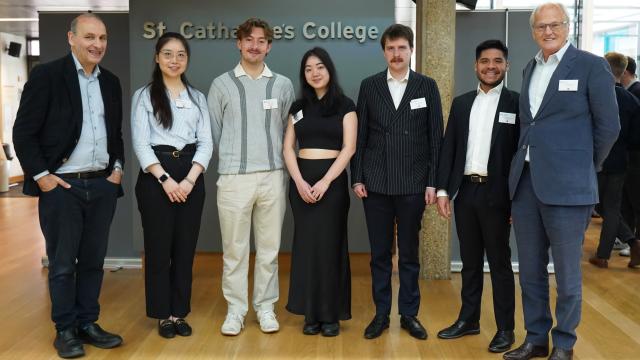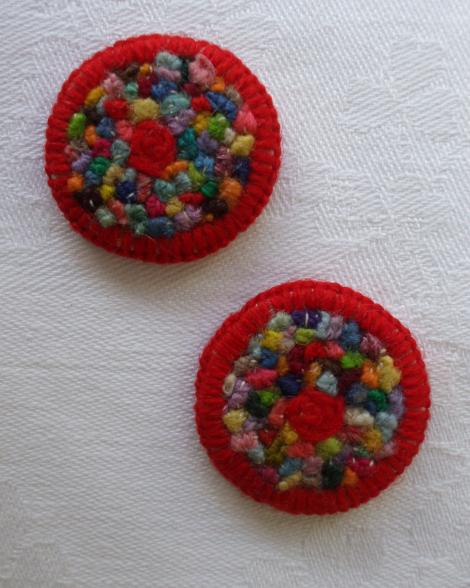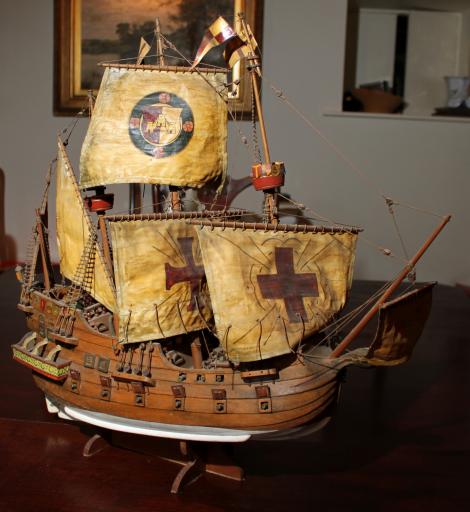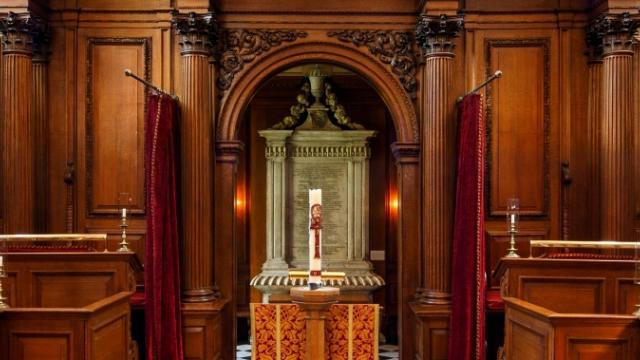
A St Catharine’s Fellow has released a new book examining the objects and artwork made in camps in Germany by civilian internees during the Second World War and how we can interpret their experiences through those objects. 'A Materiality of Internment' (2024, Routledge) by Professor Gilly Carr (2006) draws on over 15 years of research and includes interviews with more than 65 former internees alongside an amazing array of the objects and artwork that survive.
Around 2,300 people from the British Channel Islands were deported to and interned in Germany during the Second World War, making up as many as 60% of all interned British citizens in occupied territory during this period.
Gilly Carr, who is Professor of Conflict Archaeology and Holocaust Heritage at the University of Cambridge, said:
“Starting with my first meetings with former internees from the Channel Islands back in 2006, it has been an honour to get to know a lot of them individually, record their stories and examine their collections. Many of the 65 people featured in this book have sadly passed away in the proceeding years, but I am proud to number them among my friends and even family – my now father-in-law and his parents were among the civilians deported from the Channel Islands to a German internment camp because his own father had served in the British armed forces in the First World War and was born in England, which made him and his family eligible for deportation in the eyes of the occupiers.”
In 'A Materiality of Internment', Professor Carr explores analytical themes and narratives of placemaking, resistance, communities, identity, food and cooking, and proposes new concepts and categories to help us understand objects that distinguish the experience of internment.
|
|
|
|
|
Professor Carr offers an in-depth analysis of artwork, objects, oral testimonies, archives, poetry, letters, diaries and memoirs gathered from the internees and drawing from around 100 collections.
She added, “The archives and museums across the Channel Islands have been of enormous help to me, as well as The National Archives, the Imperial War Museum and the Red Cross Archives. Many archivists who supported this research have since retired, which probably goes to show how long this project has taken me!”
This book will be of great value for scholars and museum professionals, as well as postgraduate students in the field of Conflict Archaeology and scholars of the Second World War. Cumulatively, this materiality comprises one of the major surviving assemblages of internees to emerge from the war, comparable in size, quality and importance with that from other theatres of war.
Find out about studying Archaeology as an undergraduate at St Catharine’s.








